Protect your family from respiratory illnesses. Schedule your immunization here >
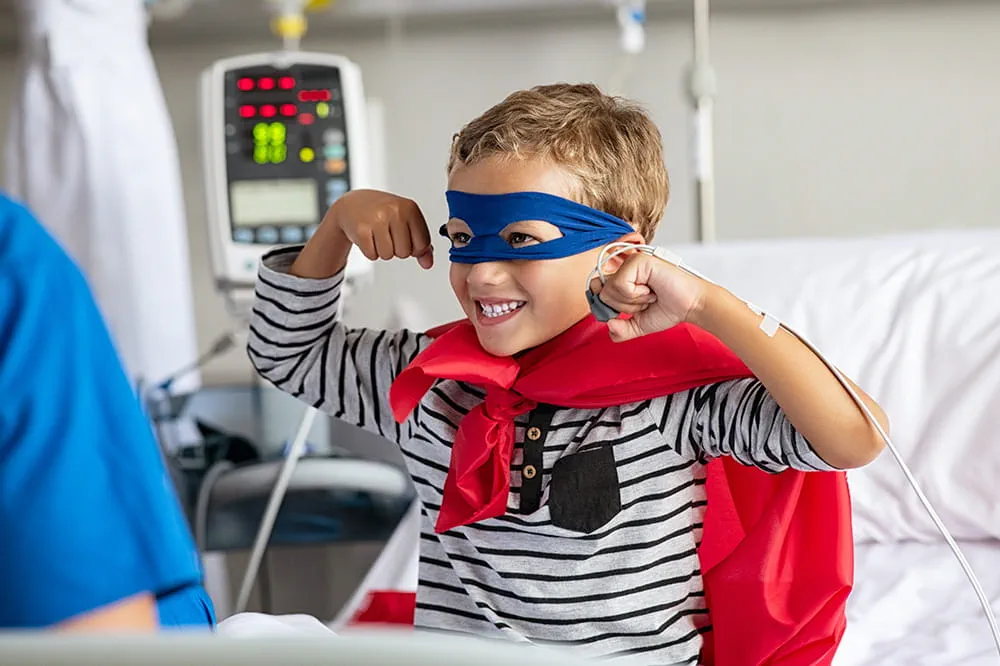
Ranked nationally in pediatric care.
Arkansas Children's provides right-sized care for your child. U.S. News & World Report has ranked Arkansas Children's in seven specialties for 2025-2026.

It's easier than ever to sign up for MyChart.
Sign up online to quickly and easily manage your child's medical information and connect with us whenever you need.
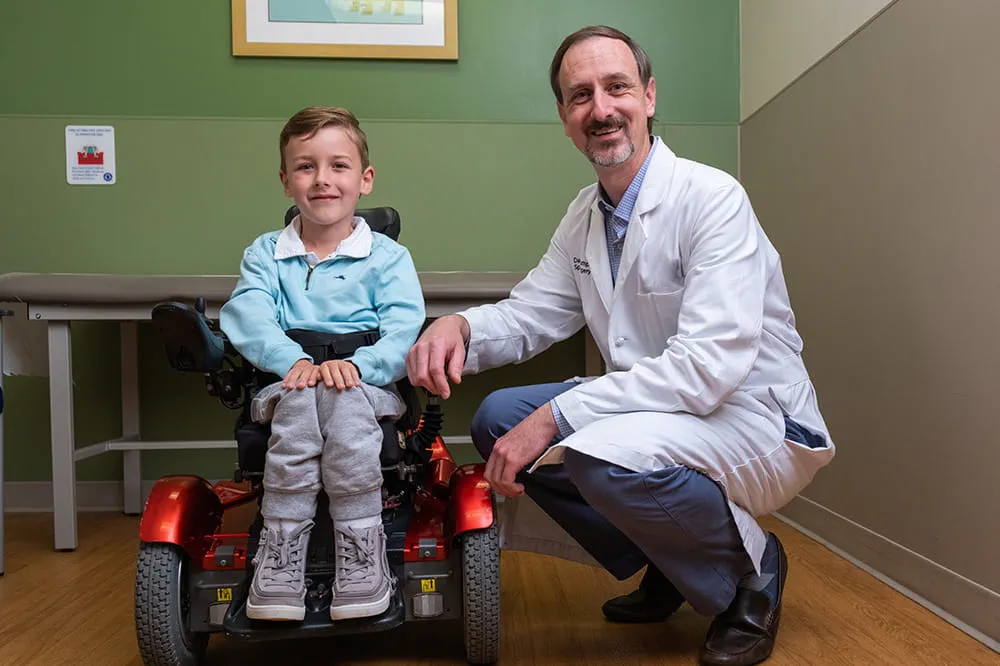
We're focused on improving child health through exceptional patient care, groundbreaking research, continuing education, and outreach and prevention.
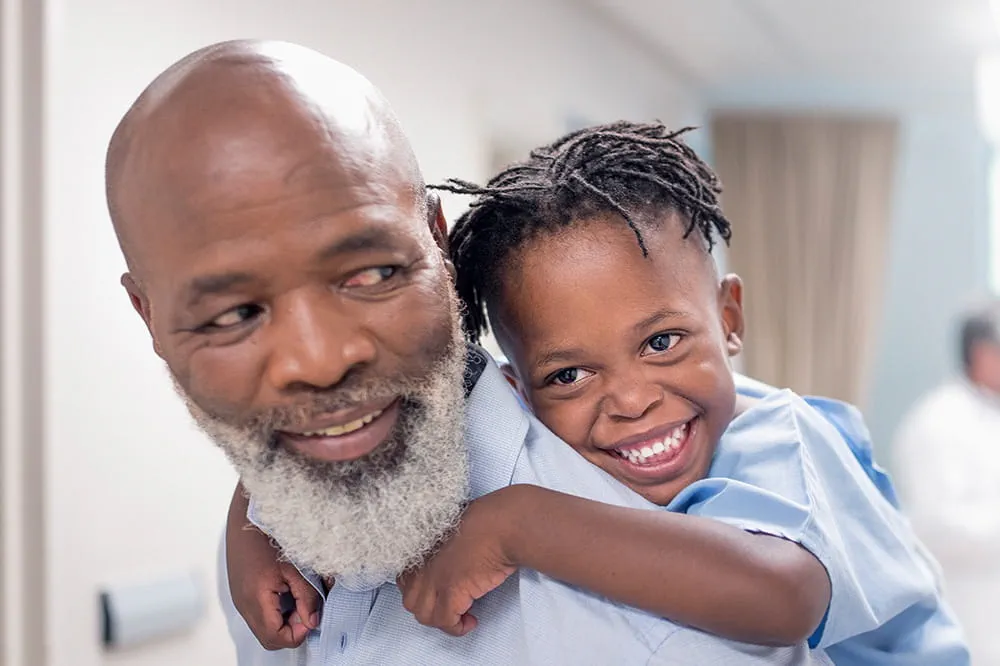
When it comes to your child, every emergency is a big deal.
Our ERs are staffed 24/7 with doctors, nurses and staff who know kids best – all trained to deliver right-sized care for your child in a safe environment.
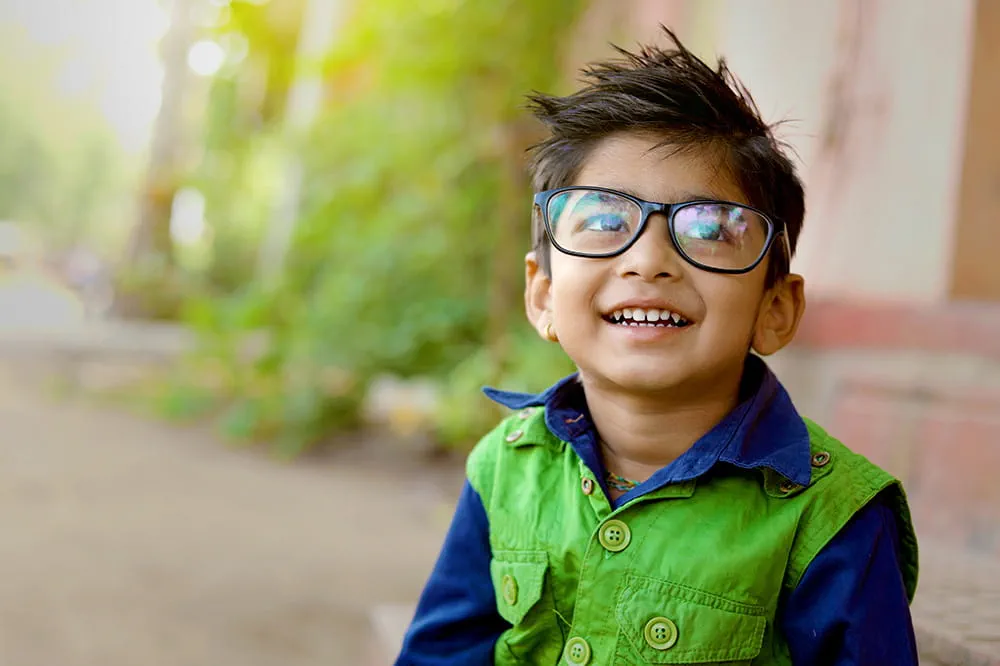
Arkansas Children's provides right-sized care for your child. U.S. News & World Report has ranked Arkansas Children's in seven specialties for 2025-2026.

Looking for resources for your family?
Find health tips, patient stories, and news you can use to champion children.

Support from the comfort of your home.
Our flu resources and education information help parents and families provide effective care at home.

Children are at the center of everything we do.
We are dedicated to caring for children, allowing us to uniquely shape the landscape of pediatric care in Arkansas.
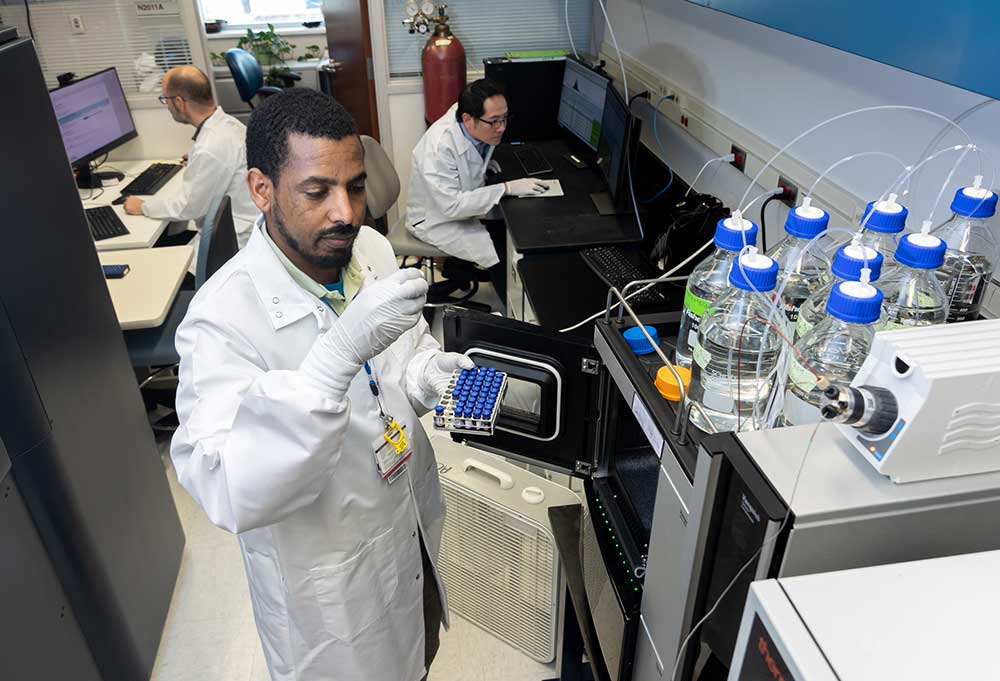
Transforming discovery to care.
Our researchers are driven by their limitless curiosity to discover new and better ways to make these children better today and healthier tomorrow.

We're focused on improving child health through exceptional patient care, groundbreaking research, continuing education, and outreach and prevention.
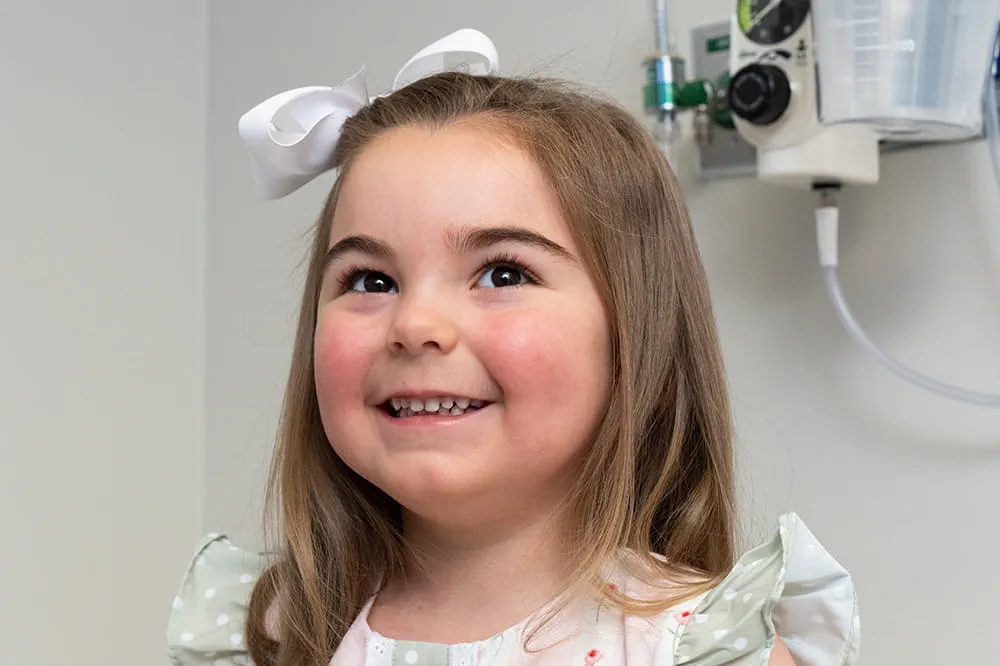
Then we're looking for you! Work at a place where you can change lives...including your own.
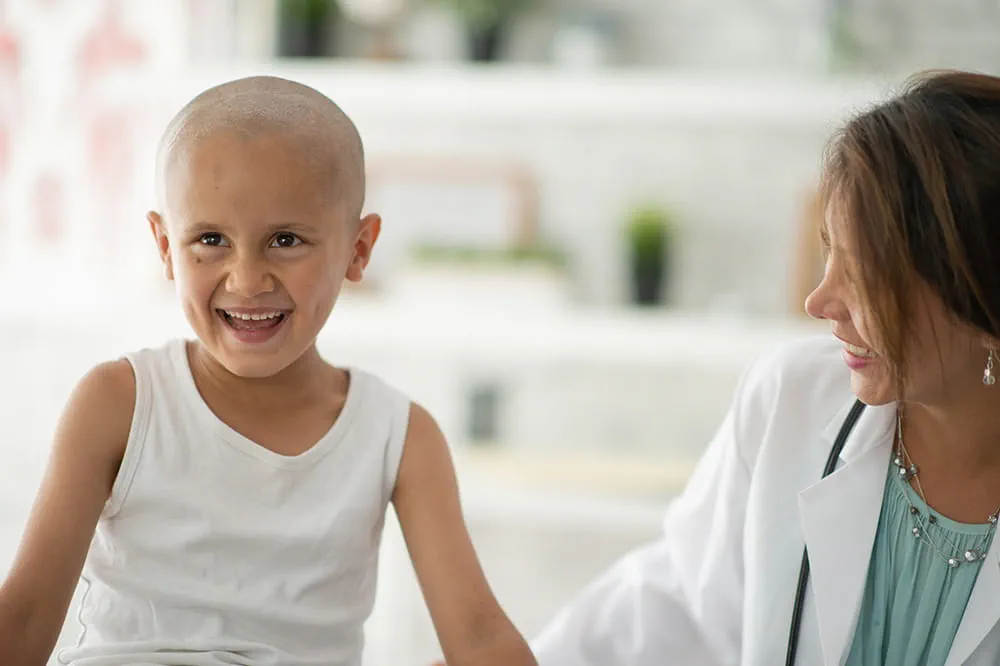
When you give to Arkansas Children's, you help deliver on our promise of a better today and a healthier tomorrow for the children of Arkansas and beyond
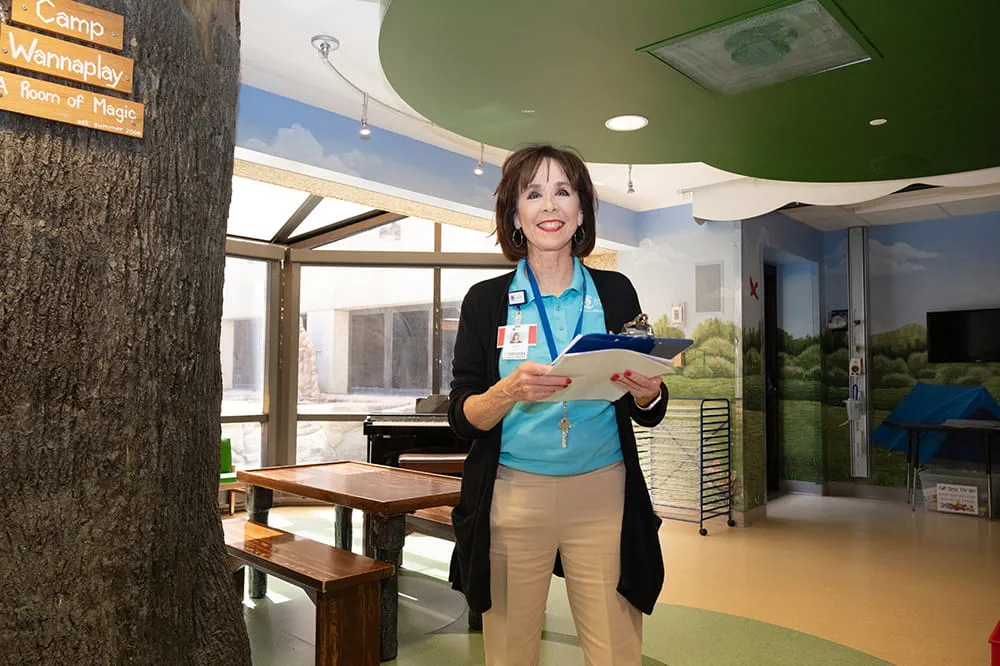
Become a volunteer at Arkansas Children's.
The gift of time is one of the most precious gifts you can give. You can make a difference in the life of a sick child.

Join our Grassroots Organization
Support and participate in this advocacy effort on behalf of Arkansas’ youth and our organization.

Learn How We Transform Discovery to Care
Scientific discoveries lead us to new and better ways to care for children.

Learn How We Transform Discovery to Care
Scientific discoveries lead us to new and better ways to care for children.

Learn How We Transform Discovery to Care
Scientific discoveries lead us to new and better ways to care for children.

Learn How We Transform Discovery to Care
Scientific discoveries lead us to new and better ways to care for children.

Learn How We Transform Discovery to Care
Scientific discoveries lead us to new and better ways to care for children.

Learn How We Transform Discovery to Care
Scientific discoveries lead us to new and better ways to care for children.
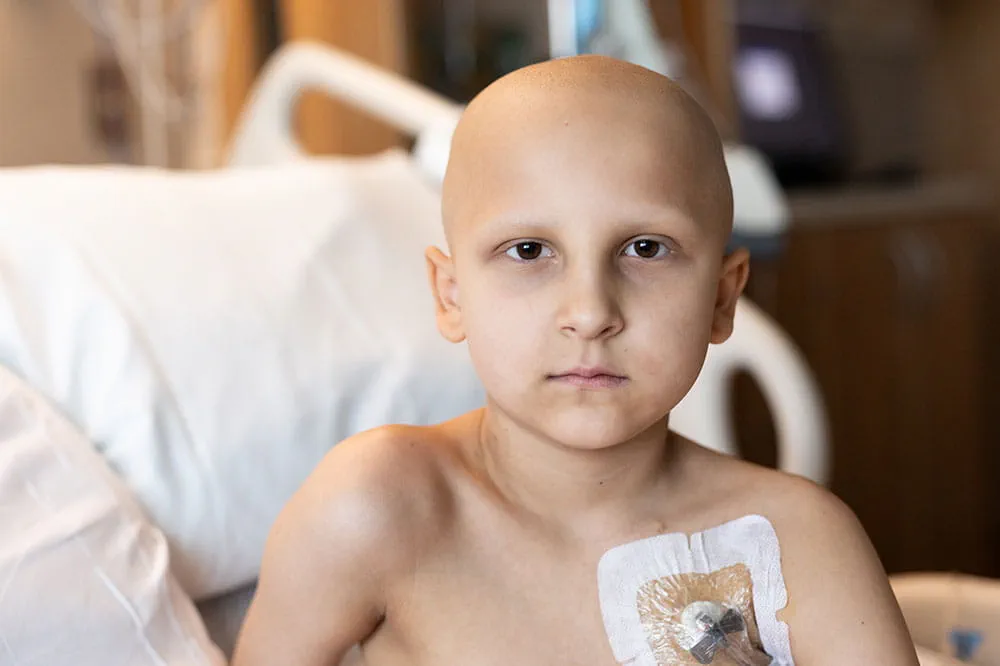
When you give to Arkansas Children’s, you help deliver on our promise of a better today and a healthier tomorrow for the children of Arkansas and beyond.
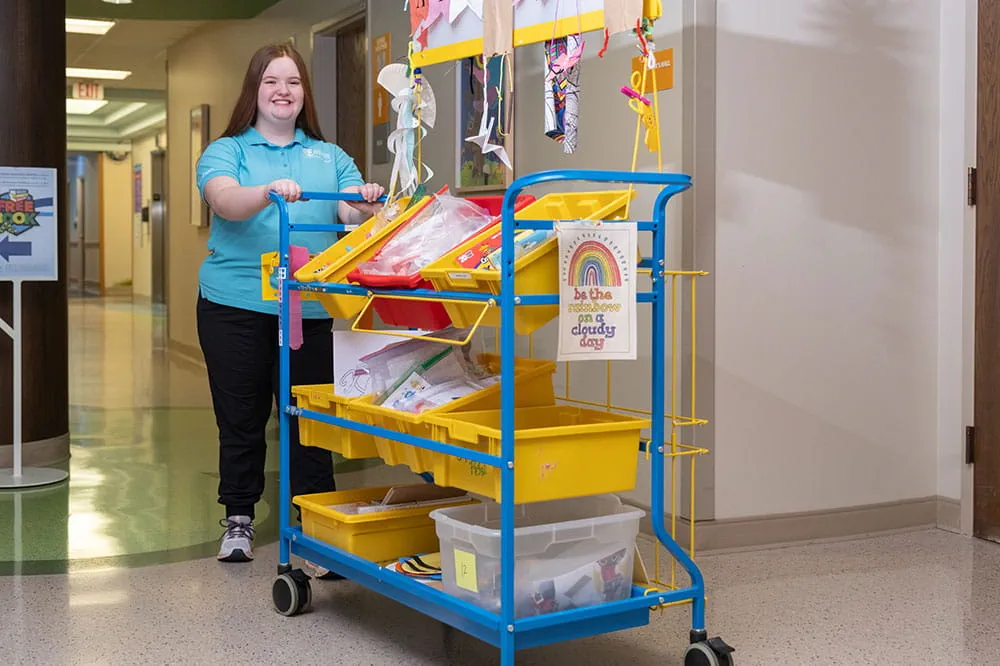
Your volunteer efforts are very important to Arkansas Children's. Consider additional ways to help our patients and families.
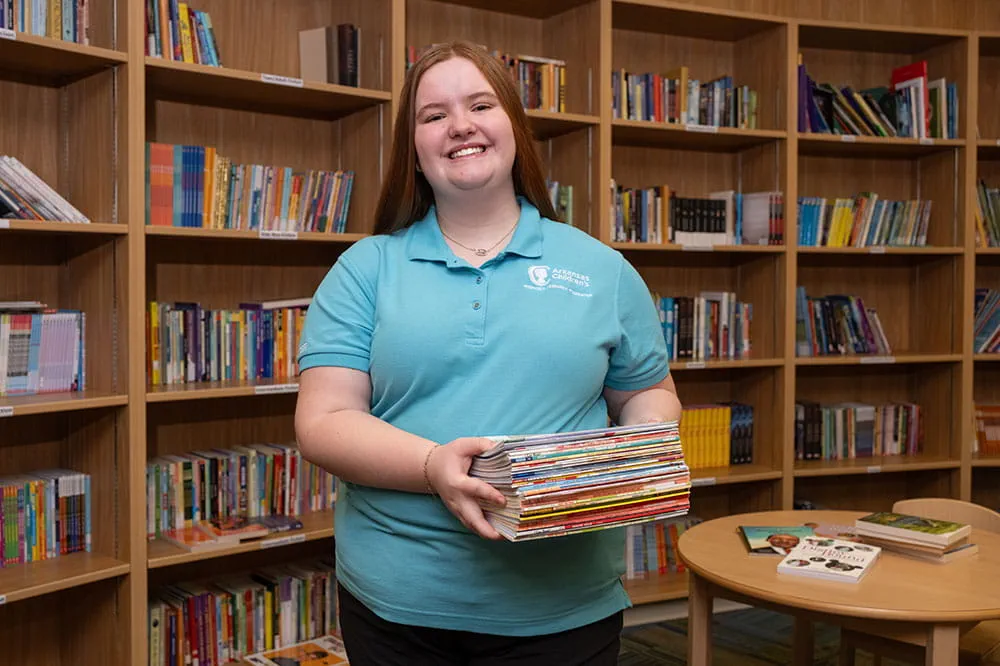
Join one of our volunteer groups.
There are many ways to get involved to champion children statewide.

Make a positive impact on children through philanthropy.
The generosity of our supporters allows Arkansas Children's to deliver on our promise of making children better today and a healthier tomorrow.
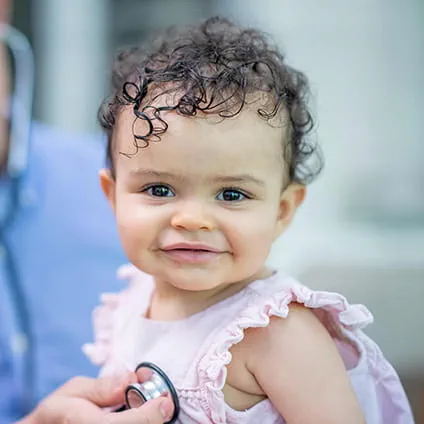
Read and watch heart-warming, inspirational stories from the patients of Arkansas Children’s.

Hello.

Arkansas Children's Hospital
General Information 501-364-1100
Arkansas Children's Northwest
General Information 479-725-6800

Sphenopalatine Ganglion Block (SPG)
A sphenopalatine ganglion block (SPG) block is a minimally invasive way to treat migraine and migraine-like headaches. It involves using lidocaine to numb the SPG, which disrupts the migraine pathway. It is a treatment reserved for resistant migraine headaches and only treats a particular headache but not the root cause of the headaches. It is increasingly used for post-concussive headaches as well.
Preparing for the Procedure
This procedure is performed with no sedation. There are no preoperative tests that need to be performed.
During the Procedure
For an SPG block, the patient will come into the interventional radiology suite and lay on their back on our table. A shoulder roll will be placed under their shoulders which puts their neck into hyperextension.
The x-ray camera will be placed on either side of the head (in a lateral projection). Jelly lidocaine will then be injected into each nostril. A jelly lidocaine-soaked Q-tip will then be placed in each nostril as well. This will be left in place for 5 minutes.
A device known as a Sphenocath (soft, angled, rubber straw) will then be inserted into the nose under x-ray guidance and placed above the middle turbinate. A small amount of x-ray contrast will then be injected to confirm positioning. The patient will then be asked to swallow and not swallow for as long as possible. 4% lidocaine is then injected slowly.
This procedure is duplicated on the other nostril. The patient then lays in that position for 15-20 minutes.
After the Procedure
There are no post-operative instructions for this procedure. This procedure usually results in a 50% or more reduction in the headache pain scale when the patient leaves the room. Anecdotally we have seen patients have effects from this procedure up to 2 days later.

